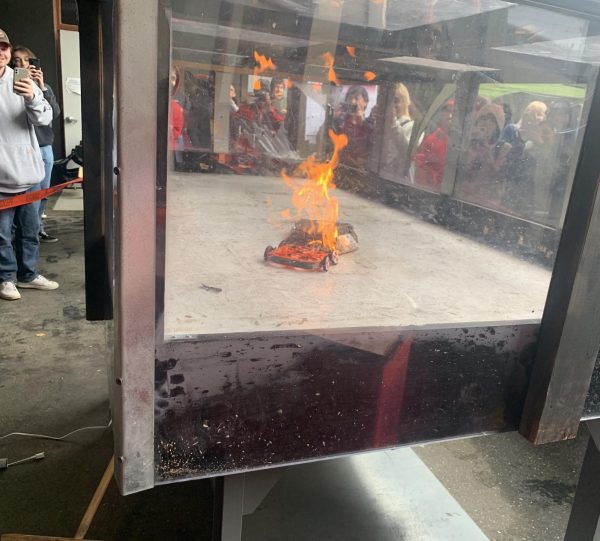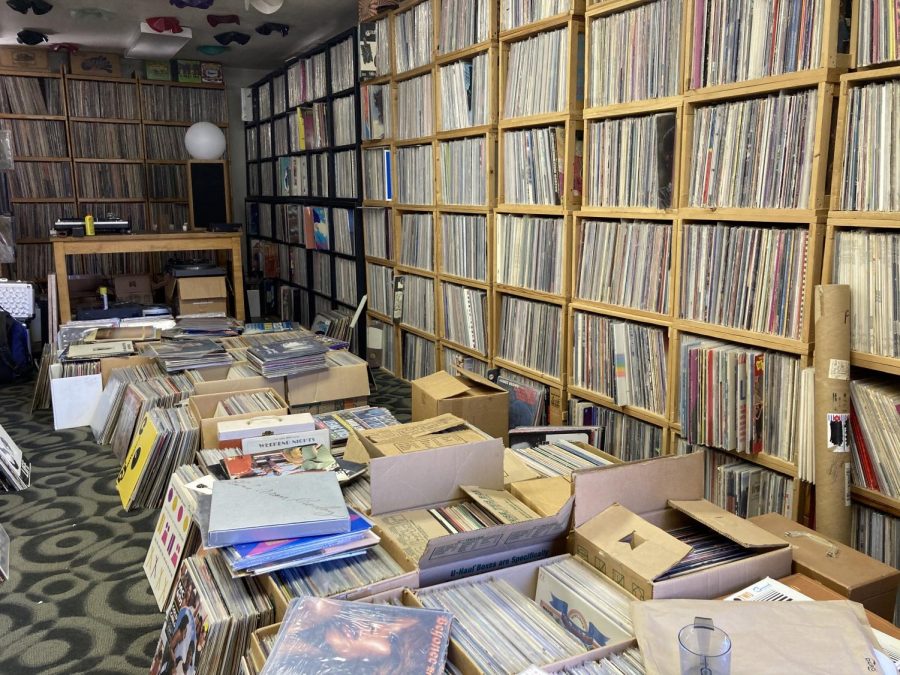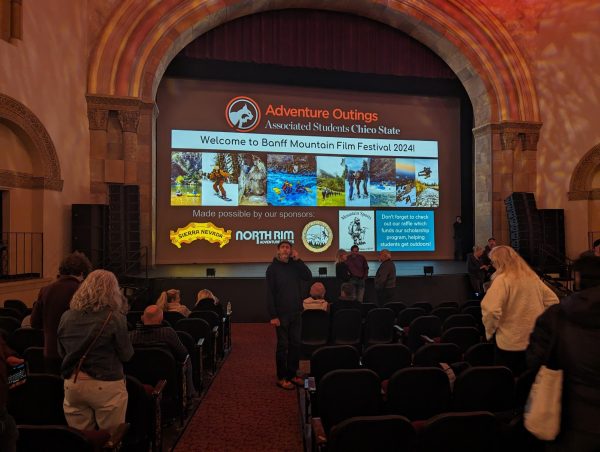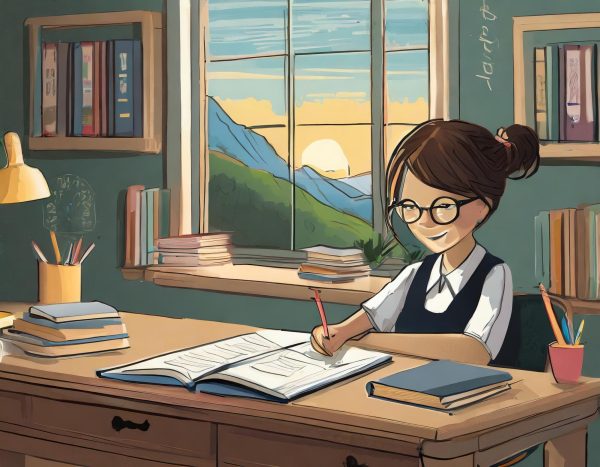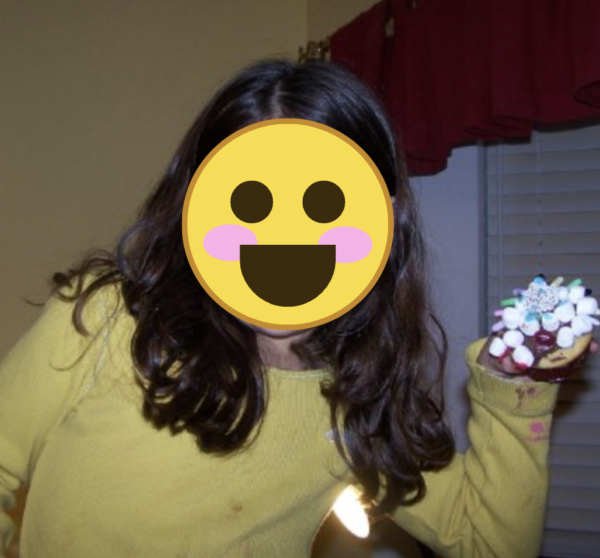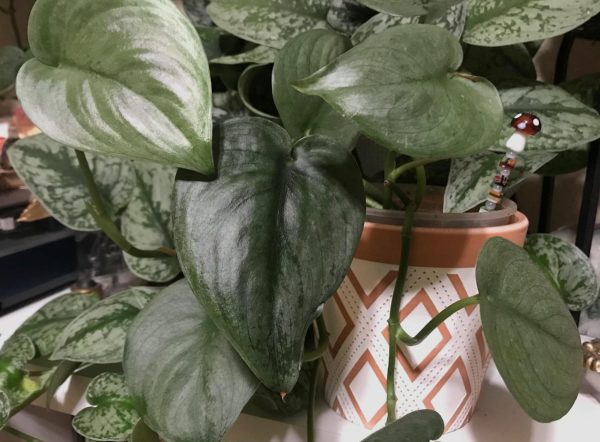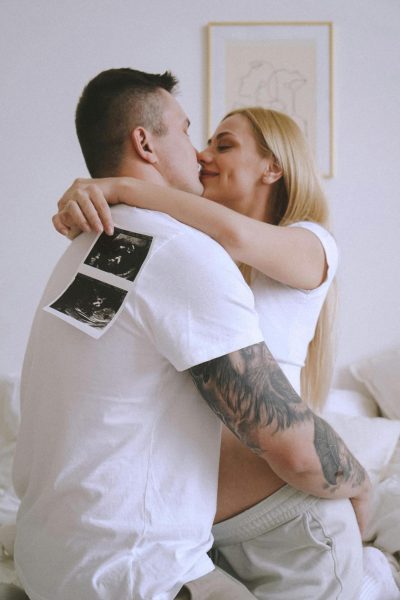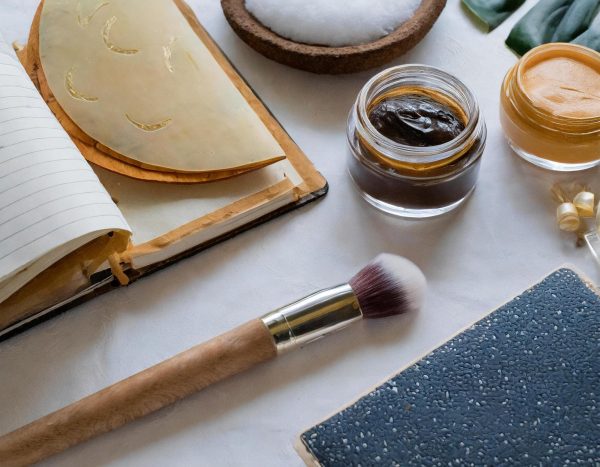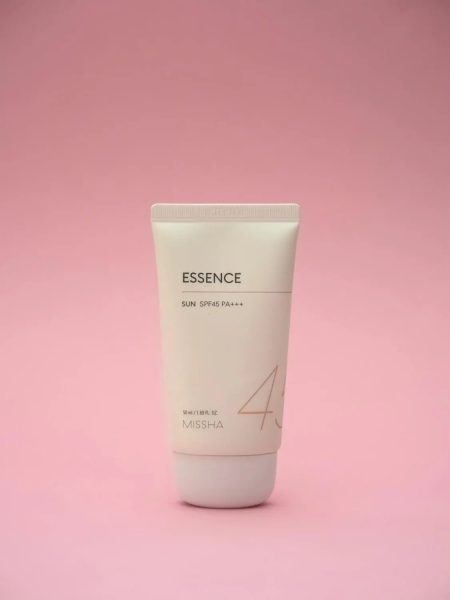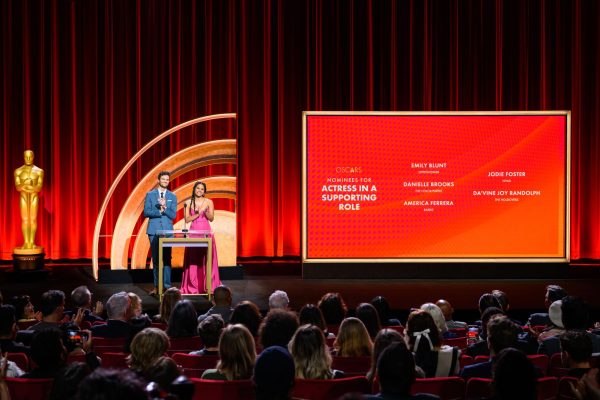An audiophile’s relationship with vinyl and only vinyl
Part of Jeff Howse’s extensive vinyl records collection
A few dozen crates sat in the driveway of Jeff Howse’s house as the hum of a futuristic ’80s song swirled through the quiet neighborhood from his speakers. My ears warmed as I peeled through the crates of vinyls, one after the other till I struck the one I didn’t know I needed.
It wasn’t unusual for Howse to host a pop-up record shop where collectors and audiophiles of all sorts could dig through his personal collection on a sunny afternoon. Record collectors like Howse often buy and sell sections of their collection to stimulate the record industry and bolster the flow and circulation of vinyls.
“I have about 20,000 records here,” Howse said as he walked me to the inconspicuous studio hidden behind his main house.
A wall of hundreds of colored lines filled my vision as I walked into the room. The further I proceeded into the house, the clearer it was that I was surrounded by thousands of decade-old vinyl records, ranging from Beyonce to The Beatles.
Since his youth, Howse has slowly built his collection to the impressive mass it is today.
“I would play 45s from my moms boxes of 45s, she had mainly Elvis, The Beatles, and surf music …,” Howse said. “As a young kid someone gave me a Beatles record and that really hit it off. I started collecting seriously in my early teen years. When I hit 100 records at about 15 years old, I realized it was a lot more than my peers.”
Although he has yet to listen to all 20,000 records, Howse has his collection alphabetized and categorized, seldom leaving out any artist from the last century.
“I have some records that’ve been signed by the people I’ve met, that I’ve admired over the years,” Howse said. “It was the experience of getting them signed and meeting the artists that made the record special and unique.”
Some albums hung in the room had handwritten notes and signatures sprawled across their face, holding untold and undoubtedly special moments.
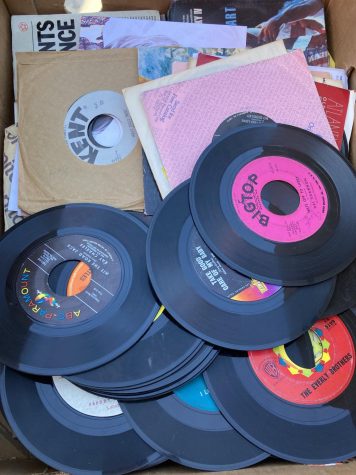
“I have Nirvana’s first record, Bleach, on white vinyl so that’s close to my heart,” Howse said. “I do have a hard time selling really special records like that.”
Limited edition vinyls, like the white “Bleach” record from Nirvana,are a color other than basic black and are created uniquely with polyvinyl chloride and colored pure vinyl beads.
“To press vinyl records, the manufacturer first pours polyvinyl chloride pellets into a hopper, which feeds the material into an extruder that condenses them into a small puck shape referred to as a biscuit,” Marc Henshall from Your Sound Matters said. “The machines hold these vinyl biscuits in place as the labels are placed above and below. The biscuit and labels are then moved to the press where 100 tons of pressure is applied at very high temperatures to melt and mold the biscuit into a new vinyl record.”
Record collectors cherish these limited edition presses because of their customized character and rarity. Usually, only a few hundred copies are made specially, which skyrockets their value and adds a great deal of importance to any collector’s collection.
Regardless of the color of the vinyl, every record has the classic sound created by the small grooves within the vinyl, making the authentic and sometimes problematic sound of crackles and pops throughout the recorded audio.
It’s the long and arduous debate of whether vinyl records are truly that much better than CDs or MP3s. Is it the ritualistic process of playing a record? Is it the depth that you get from a vinyl that’s simply missing from a CD? What is it that makes vinyls so much more intriguing than a basic download?
“Sound quality is somewhat subjective,” Howse said. “I never bought the argument that CDs sounded better than records. Now you hear people claim that records sound better. I don’t think either one is inherently better than the other.”
As a personal collector of vinyl records with roughly 100 albums, I believe records are the superior form of audio, not because of the niche aspects that go into owning vinyls, but because I want to hear every miniscule sound in a song that I can, even if that includes some added character from the record player.
“Everybody’s striving for such technical perfection, they’re forgetting that some of the greatest records in history were done in scratchy old mono,” Jeff Greenberg, owner and CEO of The Village Recording Studios, one of the busiest recording studios in Los Angeles said. “You could tell that the players put their hearts and souls into their playing. The performances moved you, and it had nothing to do with 96 channels of high-sample-rate digital audio.”
The subtle hum of the needle skimming against the vinyl disc, the soft tremor of a small dent, the crackling noise from the receiver, all add an atmospheric narrative that doesn’t exist outside of vinyls. Imagine the bands from decades ago that we so lovingly call the best; would they be as cherished if their audio was as polished and automatic as today’s music?
Would “Abbey Road” by The Beatles or The Monkees’ “Magnolia Simms” be as iconic without the quiet scrapes and nicks to fill the gaps in between their melodies?
Despite the criticism of some modern producers and technicians, today’s artists still try to recreate this unattainable sound through fake and sometimes cheap sounding audio snips of a record needle dropping onto a vinyl disc.
Post-vinyl artists like Eminem, The Gorillaz, Amy Winehouse, Sublime and more, are culpable of slipping in the subtle nuances of a fake skipping needle sound to give their music more depth. The irony of their actions isn’t lost on me or anyone else with ears.
It’s not a matter of whether the audio from a vinyl is cleaner or more refined than a CD, it’s about the authentic enhancements that the audio from a record offers, that CDs and downloads could never compute.
“There’s a number of factors involved in our perception of sound quality, and a lot of them have nothing to do with the sound itself,” Sean Olive, a senior acoustic research fellow at Harman International, said in an NPR interview. “So in the research that we do, we’ve looked at the – and we call these things nuisance variables or biases.. So one of the ones that we deal with is psychological nuisance variables, which have to do with your knowledge or expectation of what you’re hearing.”
As I stood in a room with roughly 20,000 vinyl artifacts of sound, I realized it’s so much more than a debate of whether vinyl is the superior audio source or not. Records are a completely different world from CDs or downloads.
Record enthusiasts are a community of people who cherish them for different reasons. Some people love vinyls for their unique sound, some people love vinyls for their ritualistic process of being played and other people love vinyls for their encapsulation of another time.
As generations pass and vinyls become increasingly outdated, some collectors worry that vinyls will someday become completely obsolete. However, the sales of vinyl records have dramatically increased with a renewed interest from young adults that aren’t solely treating vinyls as a way to listen to music, but as a hobby in and of itself.
“Data on vinyl album sales in the United States from 1993 to 2019 shows consistent growth since 2006, and in 2019 a total of 18.84 million vinyl albums were sold, up 14.5 percent from the previous year,” Statista.com reports. “LPs have been enjoying a comeback in recent years, and the vinyl record is the only format of music available that has recorded positive sales growth from 2009 to 2017.”
I remember the first time I looked at an album. My mom had a decent collection hidden in the bottom cabinets of our home entertainment center when I was young. The delicate and old school details of each album enticed me. They weren’t hard and plastic like the early 2000s CDs I was used to, they were smooth and worn with a weird charm I could never pinpoint.
My mom showed me how records worked and to be careful as I slipped them out of their jackets. She told me that I never place the needle on the vinyl unless it’s already spinning and that when I did place the needle, to use a delicate hand and be careful not to scratch the record.
It’s timeless memories of vinyls that I think we all had instilled in us at a young age, whether by our parents, society or pop culture. Everyone knows that whether a preference or not, vinyls are an important monument of sound and music that shaped the way we produce songs today.
Even though audiophiles like myself submit to everyday lackadaisical forms of music that can be listened to with the press of a button, the culture of vinyls are timeless and irreplaceable.
There will always be the collector with thousands of vinyls, the teenager with an appetite for a few of their favorite albums and the lover of vinyls that don’t seem so distant in the past. Either way, vinyl records are a romantic form of music listening that is here to stay.
Melissa Joseph can be reached at [email protected] or @melisstweetz on Twitter.




